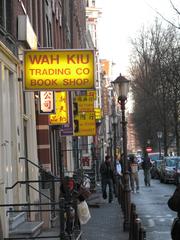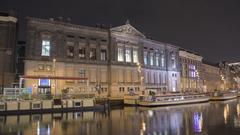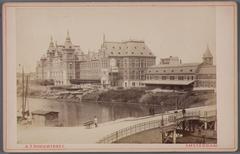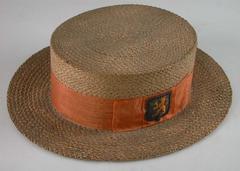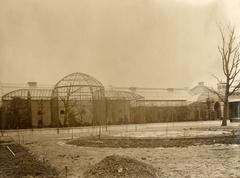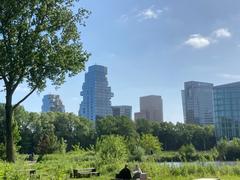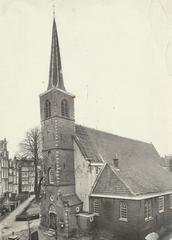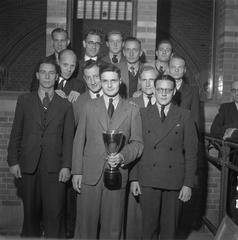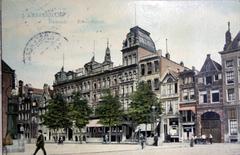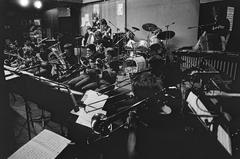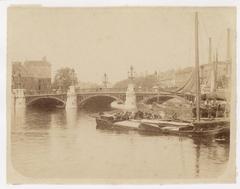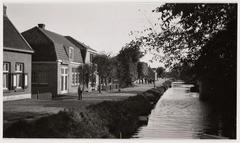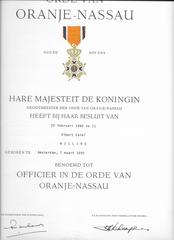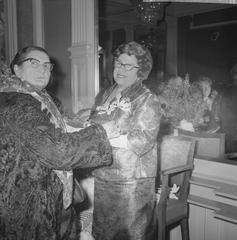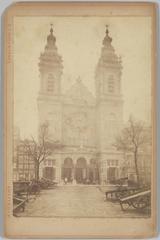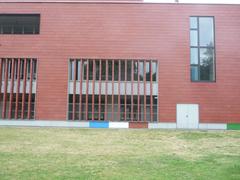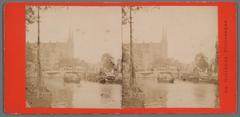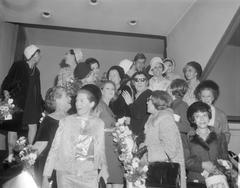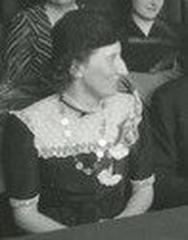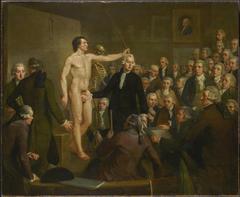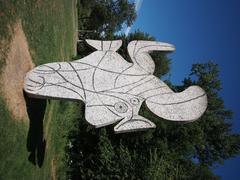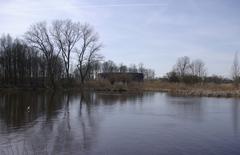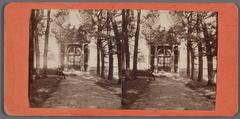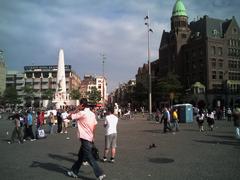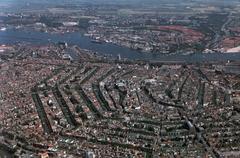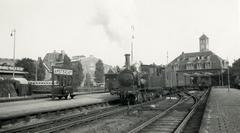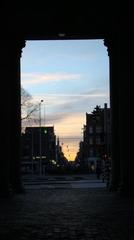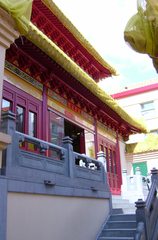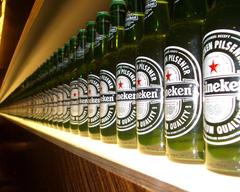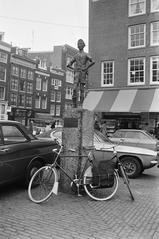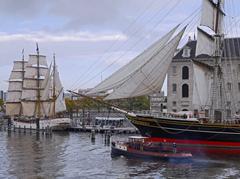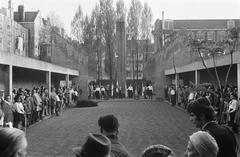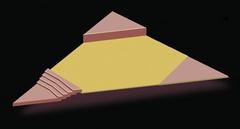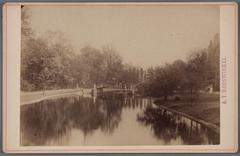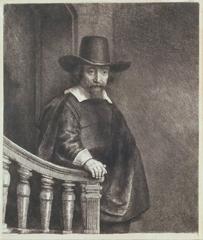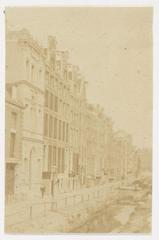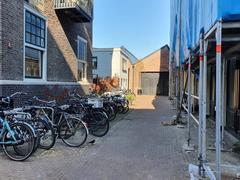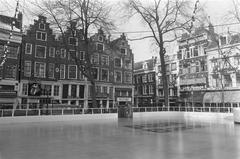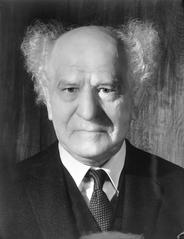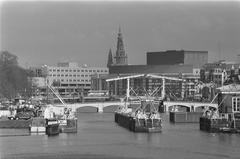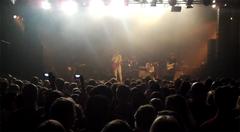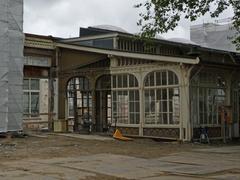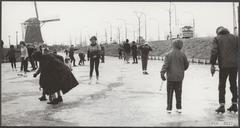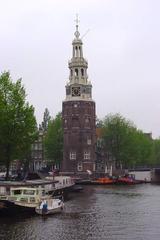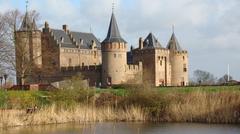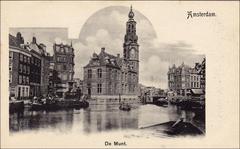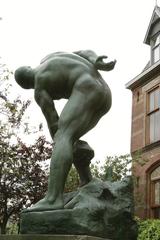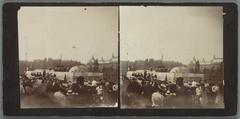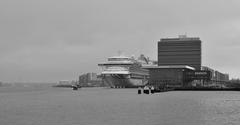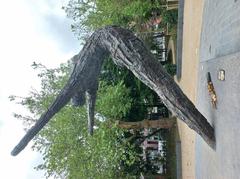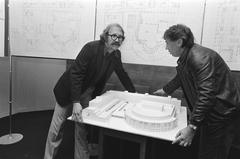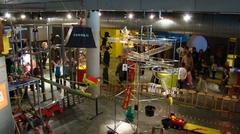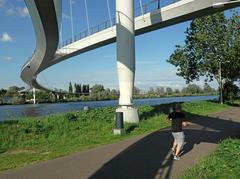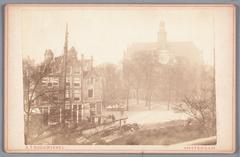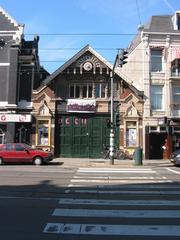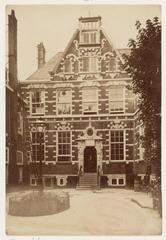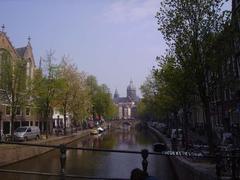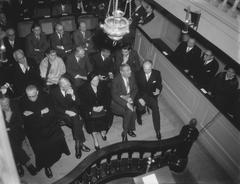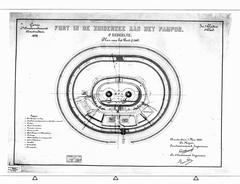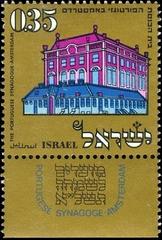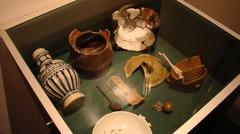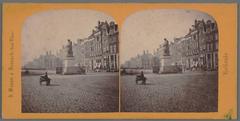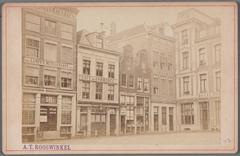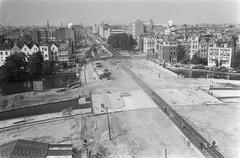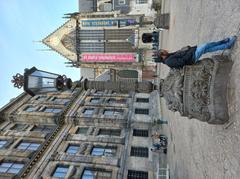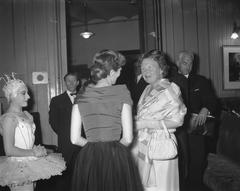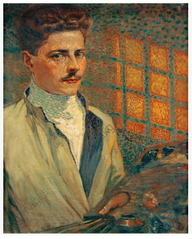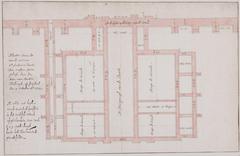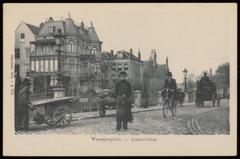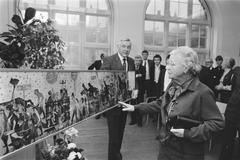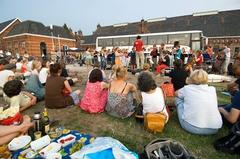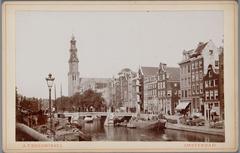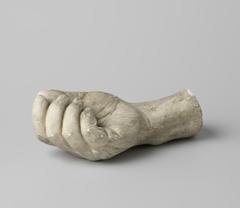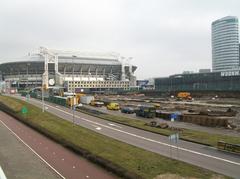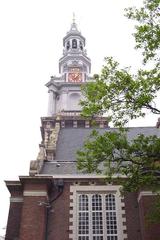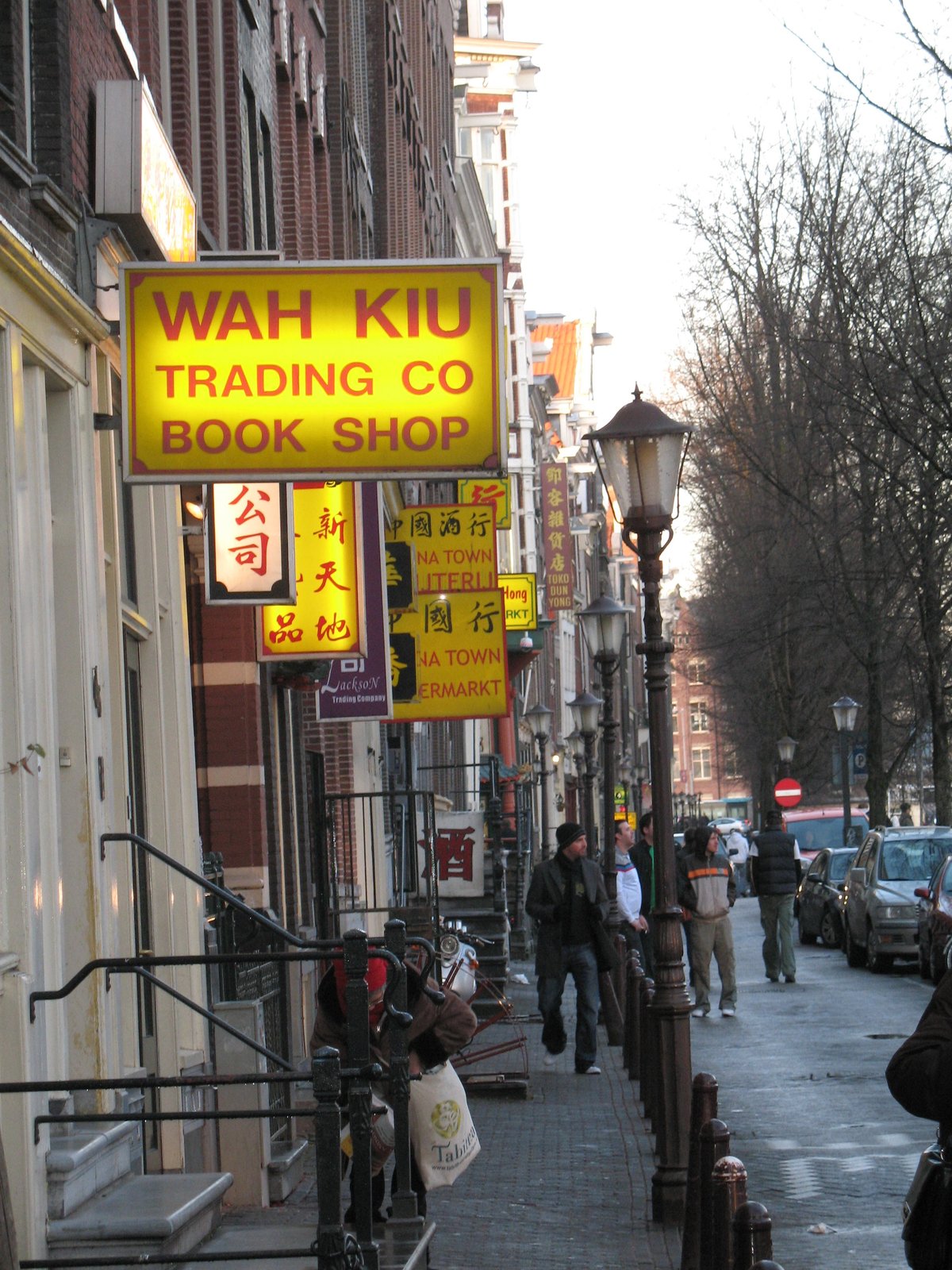
Chinatown Amsterdam: Visiting Hours, Tickets, and Historical Sites Guide
Date: 14/06/2025
Introduction: The Cultural Heart of Amsterdam
Amsterdam’s Chinatown is a vibrant, multicultural neighborhood nestled within the city’s historic center. Renowned as one of the oldest Chinatowns in Europe, it stands as a testament to Amsterdam’s rich history of immigration, resilience, and intercultural exchange. Since its establishment in the early 20th century by Chinese sailors—primarily from Guangdong province—the area has become a thriving hub blending Chinese, Indonesian, Thai, Japanese, Vietnamese, and Surinamese influences (What’s Up With Amsterdam - Chinatown History; Amsterdam Chinatown: Visiting Hours, Tickets, and Cultural Highlights).
Marked by bilingual Dutch-Chinese signage, lantern-lit streets, and a dynamic culinary scene, Chinatown embodies Amsterdam’s spirit of diversity and creative tolerance. It is also home to the Fo Guang Shan He Hua Temple, the largest Chinese-style Buddhist temple in Europe, and hosts a variety of cultural festivals, most notably Chinese New Year. This guide provides detailed information on visiting hours, ticketing, historical context, must-see attractions, culinary highlights, accessibility, and insider tips to ensure you make the most of your visit to Amsterdam Chinatown.
Table of Contents
- Introduction
- Historical Overview
- Visiting Amsterdam Chinatown
- Cultural Highlights and Attractions
- Culinary Experiences
- Guided Tours and Walking Routes
- Practical Visitor Tips
- Frequently Asked Questions (FAQ)
- Plan Your Visit and Stay Updated
- References
Historical Overview
Early Origins and Settlement (c. 1900–1930s)
Chinatown’s roots stretch back to the arrival of Chinese sailors and laborers in Amsterdam around 1900. Initially settling near Nieuwmarkt, Binnen Bantammerstraat, and Geldersekade, these early migrants established boarding houses, laundries, and the city’s first Chinese restaurant, Kong Hing, in 1928 (Amsterdam Time Machine; Vondel Hotels Magazine).
Crisis and Community Resilience (1930s–1940s)
Economic downturns in the 1930s led to job losses and deportations among the Chinese community. Despite adversity, families and businesses adapted, anchoring themselves in the Nieuwmarkt district and solidifying Chinatown’s presence in Amsterdam.
Post-War Expansion and Urban Renewal (1945–Present)
Following WWII, the popularity of Chinese cuisine grew, and Chinatown expanded along Zeedijk. While the area faced challenges in the 1970s and 1980s, including crime and drug issues, revitalization efforts in the 1990s—led by partnerships such as NV Zeedijk—transformed the district into a safe and welcoming cultural enclave (IIAS Newsletter). The opening of the He Hua Temple in 2000 further cemented Chinatown’s spiritual and cultural importance (Amsterdam Oude Stad).
Visiting Amsterdam Chinatown
Location and Accessibility
Chinatown is centered around Zeedijk and Nieuwmarkt Square, directly adjacent to Amsterdam’s Red Light District and within walking distance from Amsterdam Central Station. The area is easily accessible via tram lines 14 and 24 (Nieuwmarkt stop) and several metro stations. The district is pedestrian-friendly, and major sites are wheelchair accessible.
Visiting Hours and Entry Fees
- Chinatown (Neighborhood): Open year-round, 24/7.
- He Hua Temple: Open daily from 10:00 AM to 5:00 PM; admission is free. Guided tours may require advance booking.
- Guided Tours: Available from various providers, typically €15–€30 per person.
Most attractions, including the temple, do not require tickets. Some cultural events and guided tours may charge fees—check official sources for details.
Best Time to Visit
Chinatown is lively year-round, but spring and autumn offer comfortable weather and thinner crowds. For the most festive atmosphere, visit during Chinese New Year (January or February), when parades, lion dances, and street performances fill Nieuwmarkt and Zeedijk.
Photography Spots
- Bilingual street signs along Zeedijk
- The ornate facade of the He Hua Temple
- Lantern-lit alleys and bustling eateries
- Historic buildings on Nieuwmarkt Square
Cultural Highlights and Attractions
He Hua Temple (Fo Guang Shan He Hua Tempel)
The He Hua Temple is the largest Chinese Buddhist temple in Europe, a masterpiece of traditional palace-style architecture featuring vibrant colors and intricate carvings. Opened in 2000 with support from the local Chinese community, the temple is dedicated to Guan Yin, the bodhisattva of compassion (iamsterdam.com). The temple welcomes visitors of all backgrounds, offers meditation sessions and cultural workshops, and serves as the spiritual heart of Chinatown.
Chinese New Year Celebrations
Chinese New Year is the highlight of Chinatown’s annual calendar. The neighborhood erupts in color with lion and dragon dances, fireworks, and food stalls. Major festivities center around Nieuwmarkt and Zeedijk, drawing locals and tourists alike (manyakoetse.com).
Zeedijk: The Lively Core
Zeedijk is one of Amsterdam’s oldest streets, lined with Asian restaurants, specialty shops, supermarkets, and cultural venues. The architecture features a mix of Dutch Golden Age buildings and Asian decorative elements (amsterdamoldtown.com).
Specialty Shops and Local Businesses
Chinatown boasts Asian supermarkets, herbal medicine shops, tea houses, bookstores, and artisanal craft stores. Bilingual signage and lanterns create a distinctive atmosphere, while local businesses contribute to the district’s economic and cultural vitality.
Historic Sites Nearby
Nieuwmarkt Square is a historic gathering place, home to The Waag, a 15th-century building now hosting a café and museum (Explorial - The Waag and Chinatown). The proximity to the Red Light District and the Jewish Quarter offers visitors a layered exploration of Amsterdam’s diverse past.
Culinary Experiences
Notable Restaurants and Dishes
- Nam Kee: Iconic for its oysters in black bean sauce, Peking duck, and classic Cantonese dishes (namkee.nl).
- Hoi Tin: Known for dim sum and its in-house bakery (hoitin.nl).
- New King: Popular for noodles, roast duck, and affordable pricing (newking.nl).
- Little Saigon: Vietnamese pho and banh mi (yourlittleblackbook.me).
- Ken Sushi: Renowned for omakase-style Japanese dining (kensushi.nl).
- Mata Hari: Modern Asian-Dutch fusion with canal-side seating (matahari-amsterdam.nl).
Street Food and Bakeries
Chinatown offers bakeries selling steamed buns, dumplings, pastries, and bubble tea. Asian supermarkets are stocked with teas, spices, and snacks—ideal for souvenirs or a quick bite (passport2amsterdam.com).
Price Range
- Street food and bakeries: €5–€15
- Mid-range dining: €15–€30 per person
- Premium experiences: €40–€80 per person
Guided Tours and Walking Routes
Guided tours are available focusing on Chinatown’s history, architecture, and culinary scene. Self-guided digital maps allow independent exploration of key sites and photo spots (iamsterdam.com).
Practical Visitor Tips
- Reservations: Essential for popular restaurants during weekends and festivals.
- Language: Dutch is official, but English and Chinese are widely spoken. Bilingual signage is standard.
- Transport: Easily accessed by tram, metro, or on foot from Central Station.
- Accessibility: Most streets and main attractions are wheelchair accessible, though some alleys may be narrow.
- Safety: The neighborhood is generally safe, but as in any urban area, remain aware of your surroundings, especially at night.
- Best Times: Visit during the day and early evening for the fullest experience; peak hours are 6:00–9:00 PM.
- Payment: Credit cards are widely accepted, though some smaller eateries may prefer cash.
Frequently Asked Questions (FAQ)
Q: Is there an entrance fee for Chinatown or the He Hua Temple?
A: No, the neighborhood and temple are free to visit. Guided tours and some events may charge a fee.
Q: What are the He Hua Temple’s opening hours?
A: Daily, 10:00 AM to 5:00 PM.
Q: Are there vegetarian and vegan dining options?
A: Yes, most restaurants offer vegetarian and vegan dishes.
Q: What’s the best time to visit Chinatown?
A: For festivals and the most vibrant atmosphere, visit during Chinese New Year. For a quieter experience, visit during spring or autumn.
Q: How do I get to Chinatown from Central Station?
A: A 10-minute walk or a short tram ride on lines 14 or 24.
Plan Your Visit and Stay Updated
Amsterdam Chinatown is a must-see for anyone interested in history, culture, and cuisine. For a richer experience, consider booking a guided tour or attending a festival. Download the Audiala app for audio tours, local tips, and event updates, and follow us on social media for the latest news.
Visual and Media Suggestions
- Images of the He Hua Temple (alt: “He Hua Temple in Amsterdam Chinatown”)
- Photos of Zeedijk’s lantern-lit streets and bilingual signs (alt: “Amsterdam Chinatown street signs”)
- Festival scenes from Chinese New Year (alt: “Chinese New Year celebrations in Amsterdam Chinatown”)
- Interactive map with key attractions and dining spots
Internal Links
- [Guide to Amsterdam’s Cultural Neighborhoods]
- [Top Asian Restaurants in Amsterdam]
- [Amsterdam Historical Sites and Attractions]
References
- What’s Up With Amsterdam - Chinatown History
- Amsterdam Chinatown: Visiting Hours, Tickets, and Cultural Highlights
- Chinatown Amsterdam: Visiting Hours, Tickets, and Must-See Attractions
- Culinary Experiences
- Explorial - The Waag and Chinatown
- Bootuitjes - History of Amsterdam
- IIAS Newsletter
- Amsterdam Time Machine
- Vondel Hotels Magazine
- amsterdamsights.com
- passport2amsterdam.com
- amsterdamredlightdistricttour.com
- amsterdamoldtown.com
- manyakoetse.com
- solosophie.com
- fullsuitcase.com
- freetoursbyfoot.com
Summary and Visitor Tips
Amsterdam Chinatown is not only a historical monument but also a lively center for cultural celebration and culinary discovery. With its open, accessible streets, welcoming community, and wealth of attractions—from the majestic He Hua Temple to the vibrant Zeedijk—Chinatown is an essential stop for any visitor to Amsterdam. Plan your trip for a festival, savor the multicultural cuisine, and immerse yourself in the unique urban tapestry that defines this storied district (Audiala app, Your Little Black Book).
